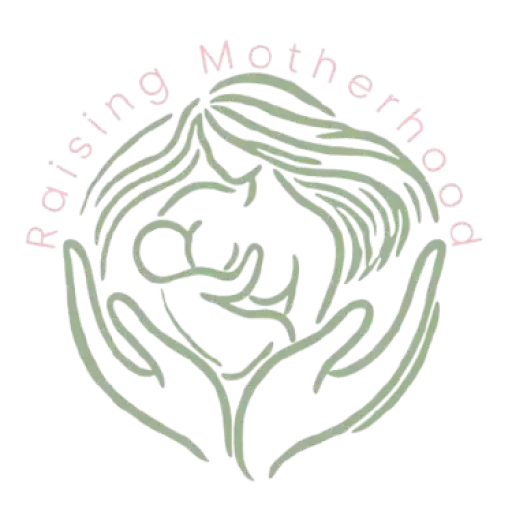Need Urgent Support? Text (631) 295-7635
Infant Craniosacral Therapy
Craniosacral therapy, or CST, harnesses the healing potential of touch, five grams or less, to alleviate tension in specific areas of the body that impact the central nervous system. Whether your baby experienced a challenging birth or is struggling with feeding difficulties, CST could be the gentle solution to ease their discomfort and promote overall well-being. Life outside the womb is an adjustment for babies who often find themselves uncomfortable, having digestive issues, and even possibly showing physical or emotional distress. Infant craniosacral therapy is a gentle, newborn safe, hands-on treatment that can effectively resolve the wellness challenges babies commonly face. Newborns endure the most strenuous human experience they ever will when being born. Even seemingly smooth births can leave an imprint that will not self-resolve, and in fact is stored in the newborn’s central nervous system.
Craniosacral therapy facilitates an unwinding of areas of compression and misalignment, encouraging the release of stress that may also be associated with emotions. Evidence indicates many newborn babies can benefit from therapy sessions within a few months of birth – ideally in the first two weeks. The specific circumstances and events of a newborn’s birth experience can affect their autonomic nervous system, trigger an overwhelming amount of stress hormones and hurl the larger central nervous system into a fight or flight survival state. Once the baby’s central nervous system is in this high alert, a cascading of dysregulation of body begins and baby ailments surface. When a baby’s central nervous system is out of homeostasis, almost every organ in their body is affected; generally accounting for symptoms.
Talk With Us !
Early Care:
Head trauma is common in childbirth due to the severe amount of pressure applied to a baby’s head during a typical vaginal delivery. At birth, the 22 bones of a baby’s skull are soft, not fully fused, and thereby enable the baby’s head to naturally compress its way through the birth canal. Problems can also occur when cranial bones get twisted or compressed, and they remain out of shape. Forceps delivery, C-Section delivery, as well as other interventions can disrupt nerves, leaving baby uncomfortable and unsettled. Babies commonly communicate their discomfort through body language and crying. With CST, we can work to relieve any discomfort, allowing baby’s body to optimally function.
What to expect during a session:
Babies can rest fully clothed on a massage table or alike, or in my lap or their parent’s lap. It is not necessary for the baby to hold still. We discuss birth story, I access and treat, and conclude with home care. I personalize my care to each family’s circumstances and needs of the baby while monitoring the craniosacral rhythm with my hands. While assessing, I treat the sources of pain and dysfunction using manipulative techniques. Some releases of emotions will result in crying, but rest assured the techniques do not cause pain. The pressure of the techniques does not exceed 5 grams. CST creates this foundation for the body to most efficiently use its innate ability to heal. Babies are often deeply relaxed during their treatment.
The following infant conditions and more can benefit from treatment:
- Feeding issues: Difficulty nursing, sucking, swallowing, tongue function or lack of, coordination with breathing and pre/post-Frenectomy.
- Digestion: Colic and other vagus nerve dysfunctions, vomiting, agitation, constipation, elimination: creates mobility and enhances normal circulation and function.
- Delivery issues: Compression, shock, trauma that occurred during pregnancy or delivery: i.e. vacuum extraction, forceps, breech birth, c-section, cord trauma, long labor. Critical after birth trauma to realign bones and release trauma in the tissues.
- Plagiocephaly: Skull asymmetry, overriding of bones at sutures, synostosis: enhances movement between the bones, and will optimally influence fluid, membranes, and often eliminates the need for orthosis (helmet).
- Recurring ear infections, blocked tear duct: Clears specific pathways for fluids.
- Erbs Palsy, torticollis, asymmetrical motor problems, cranial nerve involvement: Relieves body of deep asymmetries and restrictions in the membranes and tissues and will optimize progress/decrease need for long course of rehabilitation.
- Trauma to the brain or body (any accidents, all surgery): Helps the head regain normal pressures and fluids, creates mobility in tissues and organs, relieves the body of trauma memory.
